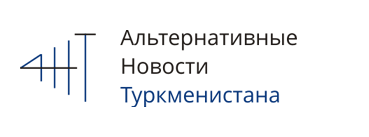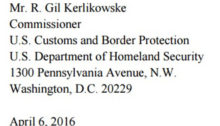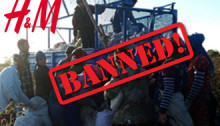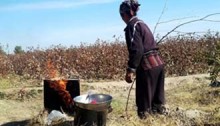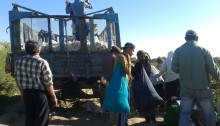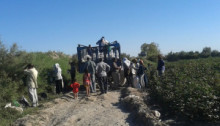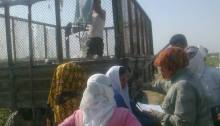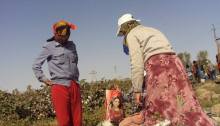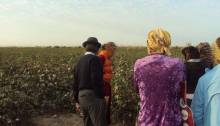U.S. Customs Called on to Halt Imports of Forced Labor-made Cotton Goods from Turkmenistan
Alternative Turkmenistan News (ATN) and International Labor Rights Forum (ILRF), partners in the Cotton Campaign, today filed a formal complaint against the importation of cotton goods from Turkmenistan, all of which are made with forced labor.
